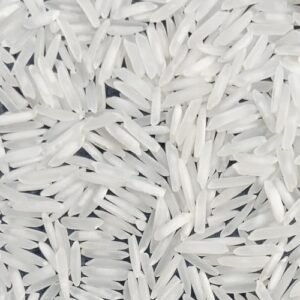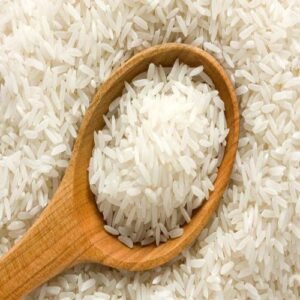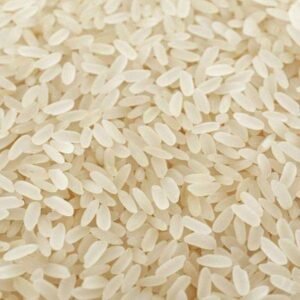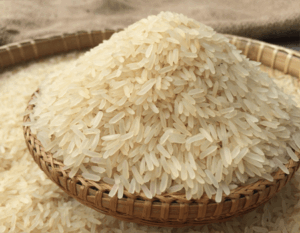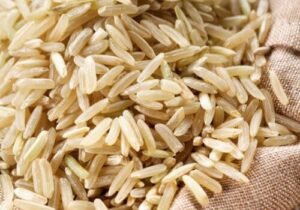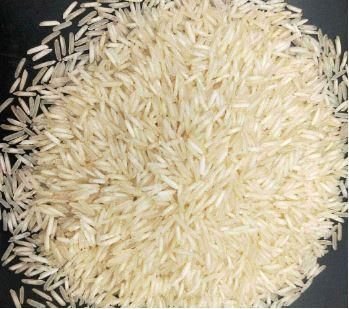
Overview
Rice is not just a food crop in Pakistan for million-it is a significant part of the economic culture and symbol of strength, hospitality, and culture. Pakistan’s rice is deeply rooted in both trade and tradition. Rice is a major contributor to the economic sector of Pakistan. With a focus on ideal growing conditions, strategic government policies, and quality, Pakistan has become one of the leading rice exporters.
Choosing the right variety may help us meet international standards and ensure business growth. In this post, we’ll discover or explore rice varieties, their major qualities, and why they’re important in export and global trade.
Why the Right Rice Variety Matters
Different regions have different rice choices. Some markets demand long-grain with fragrant options, while others demand parboiled or sticky varieties. It is important to know which type is suitable for any export destinations, which helps exporters build strong relationships and increase sales.
The rice variety matters in the export of Pakistan because it influences economic success, buyer preference, and market repute, fulfilling the demand for quality and international quality standards for characteristics like grain length, flavor, and aroma. Export-quality grain varieties have established a national reputation.
Regional Preferences
Each market prefers rice due to its characteristics. For example:
- Middle Eastern and South Asian markets – An ideal for biryani and pulao- appreciated by people due to long-grain rice like Basmati rice
- East Asian countries flavor sticky, short-grain rice, essential for traditional meals, sushi, and rice balls
- African nations often import parboiled rice (Durability and nutritional benefits)
- European and North American consumers– demand for organic and brown rice.
Top Rice Varieties for Global Trade
1- Basmati Rice
Best Basmati rice varieties are 1121 Basmati, Super Kernel Basmati, Basmati 385, 1509 Basmati rice, and traditional basmati rice-available on demand. Finest qualities are exported to different regions such as Europe, South Asia, and the Middle East.
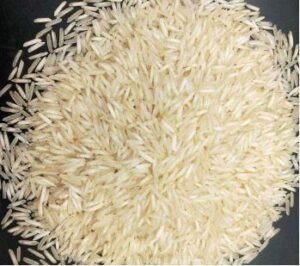
Main points:
- Long and Slender Grains
- Distinct Aroma
- Delicate Flavor
- Non-Sticky Texture
- High Elongation Ratio
- Soft and Fluffy Cooked Rice
- Low to Medium Glycemic Index
- Cultural and Culinary Value
2- 1121 Basmati
The 1121 basmati rice variety is extra-long grain and popular for its superior aroma, perfect cooking quality, and long kernels, where grains separate from the region of Punjab. It comes in different further forms like Sella (parboiled), and steam rice.
Why It’s Popular: Key Reasons for Popularity:
- Extraordinary Length
- Excellent Elongation
- Fluffy, Non-Sticky Texture
- Rich Aroma and Flavor
- Versatile Culinary Use
- Premium Quality & Export Market
- High Nutritional Value (Especially Parboiled)
3- IRRI-6 & IRRI-9
IRRI-6 and IRRI-9 are important non-basmati rice varieties in Pakistan, important for their versatility, affordability, and good cooking quality-perfect for different traditional dishes like biryani and pulao. It is also added in animal feed. IRRI-6 is a long-grain, high-yielding, non-aromatic rice grown in Sindh, while IRRI-9 is a long-grain, non-aromatic variety popular for its early maturity, high yield, and can grow well in salty soils.
Best Uses:
- Affordability
- High-Yielding
- Versatile
- Industrial Uses
- Global Demand
- Importance of IRRI-9
- High-Yielding and Early Maturity
- Salinity Tolerance
- Culinary Quality
- Nutritional Value
- Wide Use (Africa, Bangladesh, and Gulf region)
- Perfect for bulk purchase
4- Short-Grain Rice
Short grain rice is important due to high-starch content that makes its creamy, tasty, and sticky when cooked-ideal for rice pudding, sushi, and risotto. Rice varieties such as bomba, and arborio are also significant.
Market Demand:
Ideal for Specific Dishes:
- Sushi
- Risotto
- Rice Pudding
- Paella
Varieties
- Bomba rice
- Glutinous Rice
- Sushi Rice
- Arborio
5- Parboiled Rice
Parboiled rice is used in the soaking, steaming, and drying process. This process transfers nutrients from the hull to the kernel, making it resistant to insects, and breakage. |It is good to control blood sugar due to its Fiber and low-glycaemic index.
Nutritional & Health Benefits
- Enhanced Nutrient Content
- Improved Blood Sugar Control
- Better Gut Health
- Rich in Fiber and Antioxidants
Processing & Food Industry Benefits
- Increased Milling Yield
- Resistance to Insects and Fungi
- Altered Texture and Cooking Properties
Considerations
- Arsenic Content
- Energy-Intensive Processing:
6- Brown Rice
Brown rice is linked with a lower risk of heart attacks, cancers, and type 2 diabetes. It has Fiber, a wide spectrum of nutrients, and color pigments. Every variety has a different texture and flavour. It is also a good for good digestive system, weight management, and the heart. It is a different variety due to its texture and flavour.
Why It’s Growing in Popularity:
- Rich in fiber
- Packed with vitamins and minerals
- Higher in antioxidants
- Blood sugar control
- Heart health- heart strokes
- Weight management
- Diverse nutrients
- Enhanced flavor and texture
- Broader health impact
- Increasing demand in health-conscious markets
- Preferred in Europe and North America
Essential Factors for Successful Rice Exporting
- Quality Control & Standards
- Market Demand Analysis
- Efficient Logistics & Packaging of Rice
- Competitive Pricing Strategy

Muhammad Arif CEO, MBA in Finance and Marketing from South Korea University. Result-driven Chief Executive Officer with over 15 years experience leading and increasing growth in businesses. Starting from the scratch, launching and leading increasing in revenue in the three businesses in animal feed and food exports, and renewable energy in Pakistan. Particularly, having plentiful experience on East Asia and Middle East markets, and working with multinational organizations including the UN.



